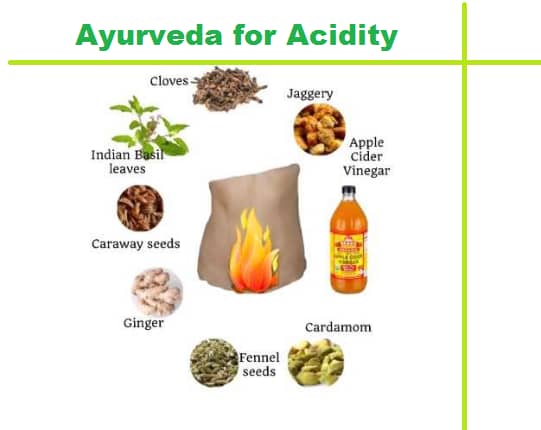What is acidity?
Acidity is a chemical property that describes the level of acidity or basicity (alkalinity) of a substance. It is measured on the pH scale, which ranges from 0 to 14, with 7 being neutral. A substance with a pH less than 7 is considered acidic, while a substance with a pH greater than 7 is considered basic (alkaline). The strength of acidity is determined by the concentration of hydrogen ions (H+) in the substance, with higher concentrations of H+ indicating stronger acidity.
Here are certain foods and drinks that can trigger acidity and worsen the symptoms of acid reflux. Here are some foods to avoid if you are prone to acidity:
- Spicy foods: Spicy foods can irritate the stomach lining and cause acid reflux.
- Citrus fruits: Citrus fruits such as oranges, lemons, and grapefruits are acidic and can worsen the symptoms of acid reflux.
- Tomatoes: Tomatoes are also acidic and can trigger acid reflux.
- Caffeine: Caffeine can relax the lower esophageal sphincter, allowing stomach acid to flow back up into the esophagus.
- Alcohol: Alcohol can increase the production of stomach acid and worsen acid reflux.
- Fried and fatty foods: Fried and fatty foods can delay stomach emptying and increase the risk of acid reflux.
- Carbonated drinks: Carbonated drinks can increase the production of stomach acid and worsen acid reflux.
- Chocolate: Chocolate contains a compound called theobromine, which can cause the lower esophageal sphincter to relax and worsen acid reflux.
It’s important to note that different people may have different triggers for their acidity, so it’s best to pay attention to your own body and avoid any foods that seem to worsen your symptoms.
Best Food to control acidity at home
Here are some foods that may help alleviate symptoms of acidity:
- Oatmeal
- Bananas
- Ginger
- Melons
- Green leafy vegetables
- Almonds
- Plain yogurt
- Whole-grain bread
- Fennel
It’s important to note that everyone’s body reacts differently to different foods, so it’s best to experiment and find what works best for you. Additionally, certain foods such as citrus fruits, tomatoes, spicy foods, and caffeine may worsen acidity symptoms and should be avoided or consumed in moderation.
Ayurveda for acidity
According to Ayurveda, acidity is caused by an imbalance of the Pitta dosha, which is associated with heat and acidity in the body. Here are some Ayurvedic remedies that may help alleviate acidity:
- Drink a glass of warm water with 1-2 teaspoons of raw, unfiltered apple cider vinegar before meals.
- Sip on a cup of licorice tea, which can help soothe inflammation in the stomach.
- Chew on a few fennel seeds after meals, which can help neutralize stomach acid.
- Drink a glass of warm milk with a pinch of turmeric before bed, which can help cool and soothe the digestive system.
- Avoid spicy, fried, and processed foods, which can aggravate Pitta.
- Eat smaller, more frequent meals throughout the day rather than large meals, which can put a strain on the digestive system.
It’s important to note that these remedies may not work for everyone and it’s best to consult with a qualified Ayurvedic practitioner to determine the best course of treatment for your individual needs. Additionally, it’s important to seek medical attention if you experience severe or chronic acidity symptoms.

Few yoga poses to prevent acidity
Yoga can be a helpful tool in managing acidity by promoting relaxation, reducing stress, and improving digestion. Here are some yoga poses that may help prevent acidity:
- Vajrasana (Thunderbolt Pose) – This pose involves sitting on the heels and can help improve digestion and reduce acidity.
- Marjariasana (Cat-Cow Pose) – This pose involves arching and rounding the spine and can help massage the digestive organs, promoting better digestion.
- Ardha Matsyendrasana (Half Lord of the Fishes Pose) – This pose involves twisting the spine and can help improve digestion and reduce acidity.
- Pavanamuktasana (Wind-Relieving Pose) – This pose involves hugging the knees to the chest and can help massage the digestive organs and relieve gas.
- Uttanasana (Forward Fold) – This pose involves bending forward and can help calm the mind and reduce stress, which can contribute to acidity.
It’s important to note that everyone’s body is different and it’s best to practice yoga under the guidance of a qualified yoga teacher, especially if you’re new to yoga or have any health concerns. Additionally, it’s important to seek medical attention if you experience severe or chronic acidity symptoms.

